Migratory Swans
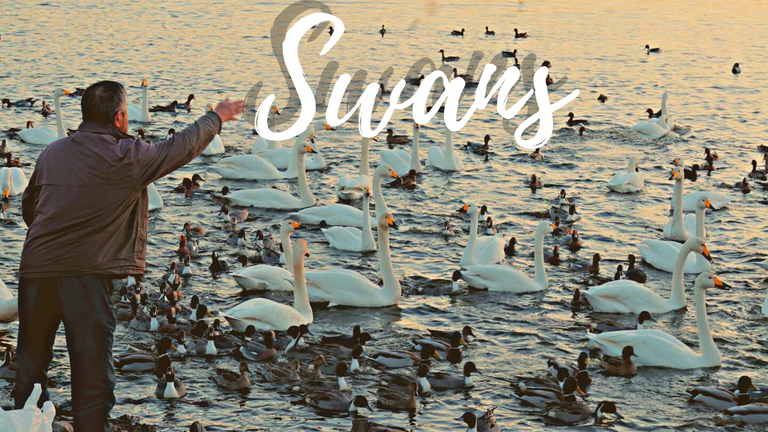
Winter in Japan is at its peak but for some of the “freelance” tourists here, it is an escape from a colder reality. There are a few species of swans that can be found in Japan, including the Mute Swan and the Whooper Swan. The Mute Swan, which is not native to Japan, is often kept in parks and gardens as an ornamental bird. The Whooper Swan is a migratory bird that breeds in northern Japan and can be seen in wetlands and lakes during the winter months. Both species are protected by the Japanese government and hunting them is illegal.
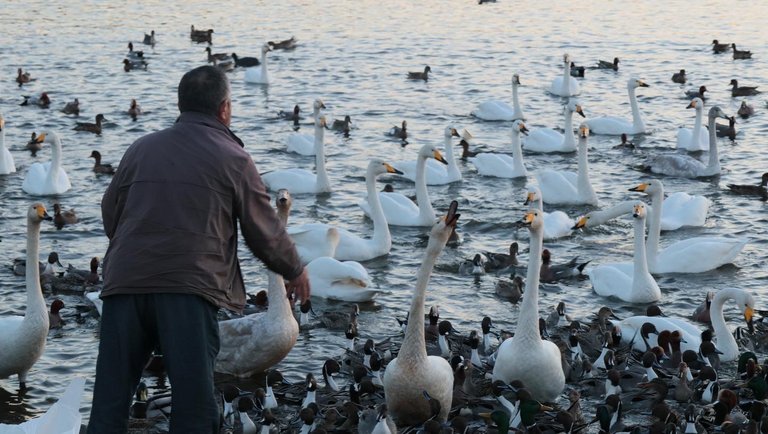
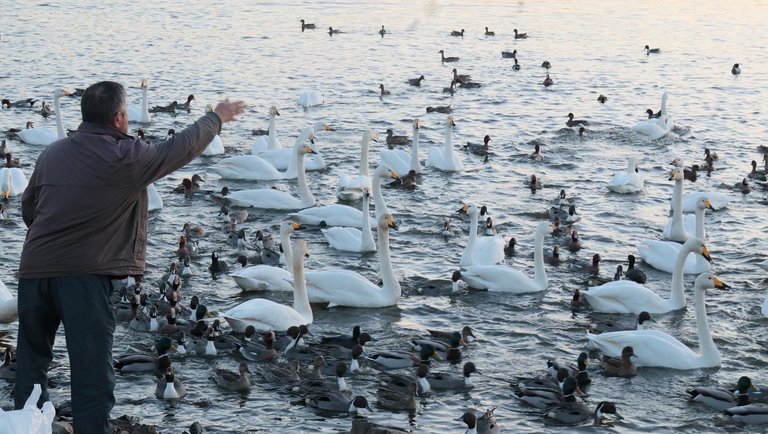
Swans, like many birds, migrate to Japan to escape harsher climates and to take advantage of the food sources available during different seasons. The Whooper Swan, breeds in northern Japan during the summer months when there is an abundance of food and long daylight hours for nesting and raising young. As the weather starts to get colder and the days shorter, the Whooper Swan will migrate to warmer regions with more food to help them survive the winter.

Also as a side note, Japan's geographical location in the northern hemisphere makes it a suitable stopover and wintering ground for many migratory birds including Whooper swans. The wetlands, lakes, and rivers in Japan provide the necessary habitat and food resources for these birds to survive during the winter months. Volunteers also play a very big role in keeping these tourists coming back by providing carbs, more specifically bread.
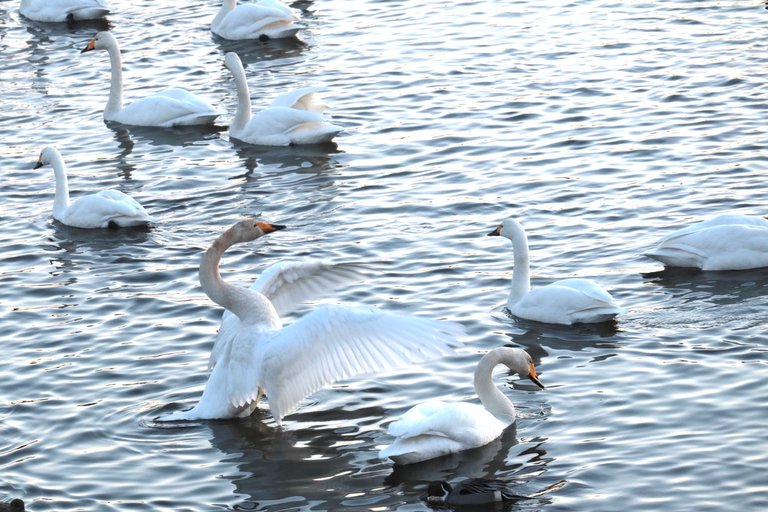
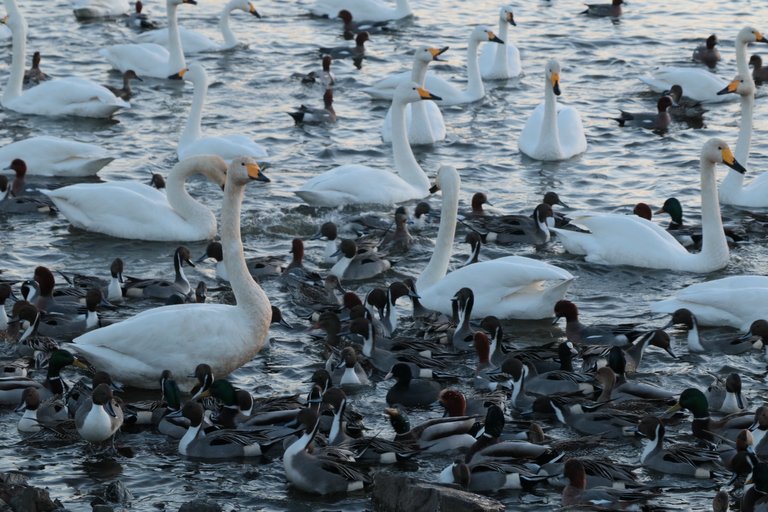
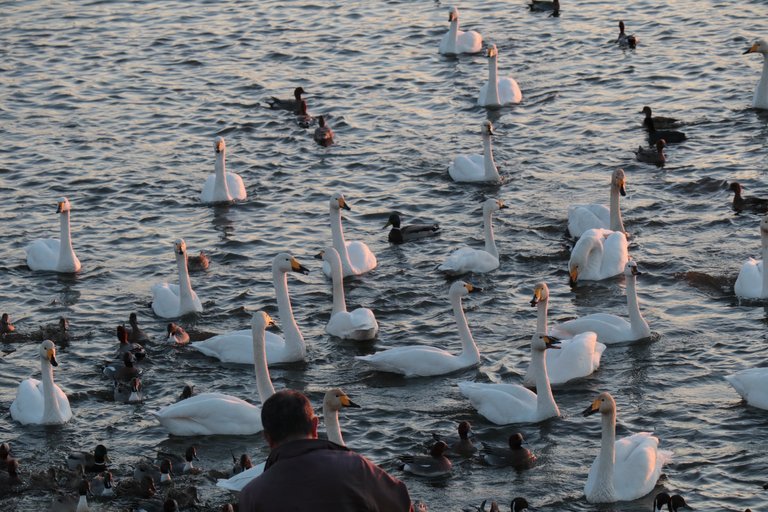
This volunteer as seen in the photos had bags and bags of bread to feed the swans and ducks much to the delight of photographers and onlookers. The location is known for the swans and ducks this time of year but unfortunately not many people come to see the ducks. It is kind of racist, they are both migratory birds but because one is rare, big and white, they get a bit of special treatment. The thing is, ducks are here all year round. The migratory ones kind of look like ordinary ducks to the un-interested eye.


On this day I wanted to get a few more steps in and the lake provided the perfect place to do just that while snapping a few photos and experiencing nature in the winter season. I will probably go to see the swans one more time before they migrate in February. Next time I will go before the sunset, though to me, that is where the beauty is.
Fulljoy the weekend folks.
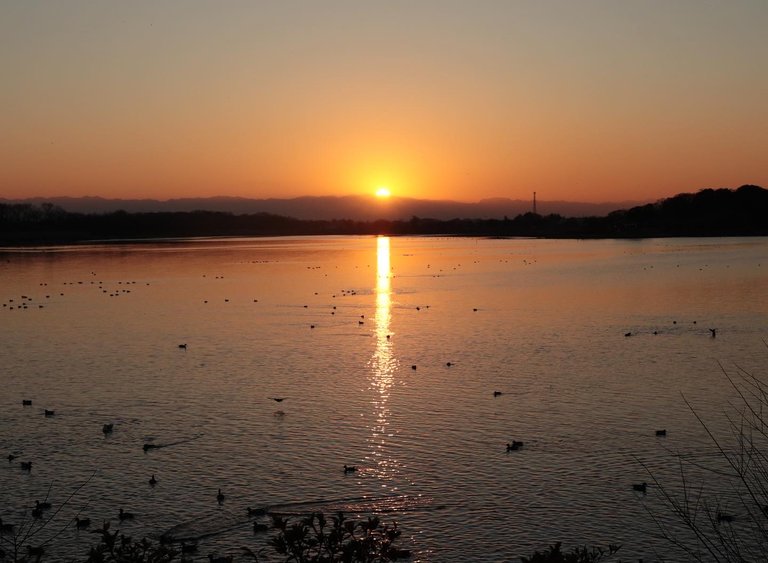
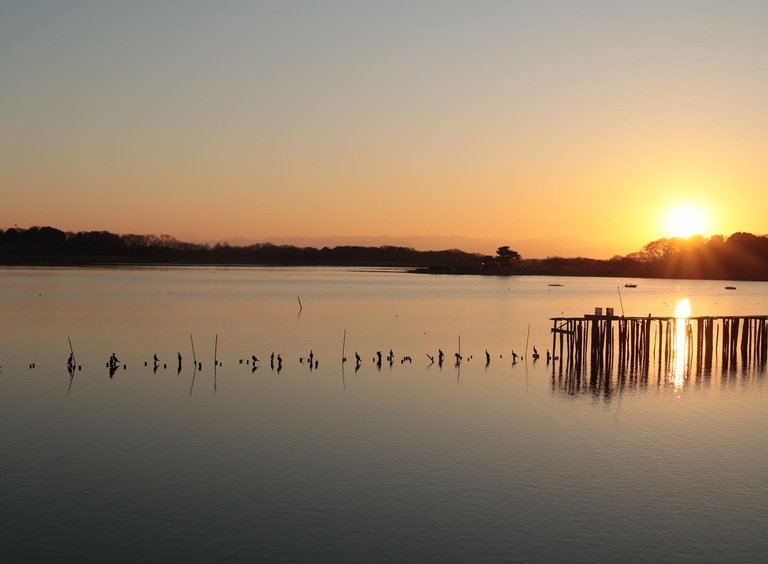


Wow! Lovely shots. So many birds/swans. It’s interesting how and where the migrate.
Some amazing nature in Japan but bwoi better dem did migrate to Guam or Philippines where it warm 😂
😂😂😂Dat mi a think to. It nuh suh warm here. If they plan on going to JA, I would consider a flight with them.